WGU D324 OA Study Guide - 2025 | Mastering Project Management and ITIL Change Management 📖
Ever felt like a project is a game of Tetris—just when you think it’s all fitting together, everything crashes? That’s where project management methodologies come in. Whether you’re using the structured Waterfall, the flexible Agile, or a hybrid of both, understanding which approach to use is key to success. These tools help you avoid chaos and keep things running smoothly.
But wait, there’s more! ITIL Change Management is like your personal superhero guide for handling IT changes without the drama. Think of it as the manual for making sure upgrades and fixes don’t turn into disasters. With a clear process from request to review, you’ll be ready to tackle any IT change like a pro.
This article explores key project management and IT service management concepts that are essential for delivering successful projects and maintaining efficient IT operations:
- Project Management Methodologies: Agile is a flexible, iterative approach focusing on collaboration and customer feedback, Waterfall follows a structured, sequential process, while Hybrid blends both approaches for tailored project execution.
- ITIL Change Management Process: The ITIL Change Management Process ensures that changes to IT systems are made efficiently and with minimal disruption, focusing on planning, approval, and implementation of changes to meet business needs.
So, buckle up! By the end of this article, you’ll be armed with the skills to ace WGU D324 OA questions and apply these concepts in real-world scenarios. Let’s get started!
How to Use This Guide for the WGU D324 OA Exam?📖
The D324 Business of IT – Project Management OA exam at WGU evaluates your understanding of project management frameworks, IT service management, and methodology application. This guide simplifies the key concepts of project management methodologies (Agile, Waterfall, Hybrid) and the ITIL change management process to help you grasp the topics tested in the exam.
We also provide exam-style questions and practical applications to ensure you’re fully prepared for the questions on the WGU D324 OA exam.
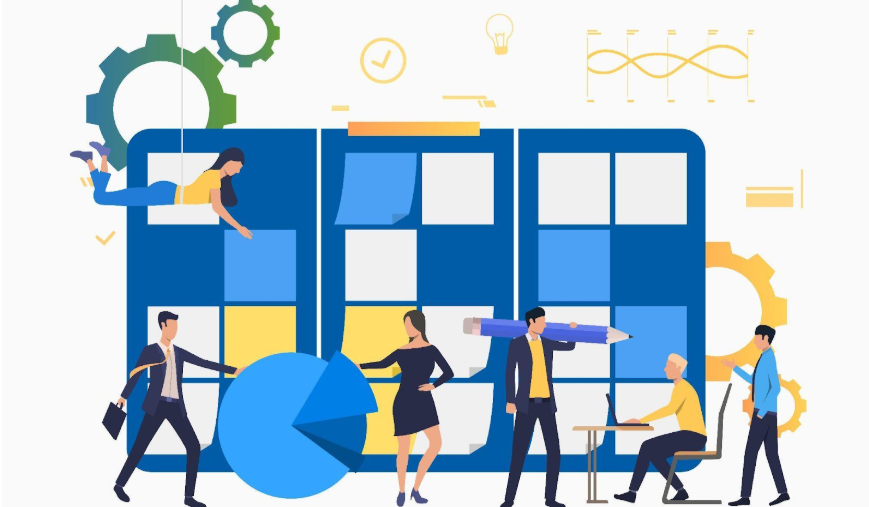
Software Development Methodologies: Agile, Waterfall, and Hybrid For D324 OA📝
Imagine trying to build a giant LEGO castle. You need a plan to know where each piece goes, but sometimes, halfway through building, you realize a part isn’t fitting as expected. Project management methodologies are like the blueprints for building your LEGO castle—they guide you from start to finish, even when changes pop up. In this section, we’ll explore three popular methodologies—Agile, Waterfall, and Hybrid—and understand how they help in managing projects effectively. You will be facing several questions from these concepts when you are facing the WGU D324 OA.
What Are Software Development Methodologies?
Software development methodologies are frameworks or processes used by teams to manage the lifecycle of a software project. They provide a step-by-step guide to ensure that every phase—from planning to delivery—is completed efficiently.
Why Are They Important?
These methodologies enable senses to be made as to whether the software will be delivered on time, on budget, and with all the features that the users need. They also offer direction and order, making changing a manageable and workable task for the other teams involved.
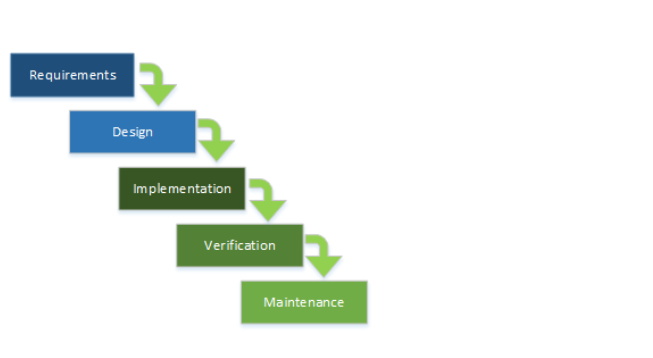
The Waterfall Methodology
Waterfall is a sequential methodology type of software development approach. Think of it as a one-way street: there is no looping back once you are done with a phase, you proceed to the next phase only.
Key Phases of the Waterfall Model:
- Requirements Analysis: A key characteristic of one of the major phases of the software development process is defining all the project requirements at the beginning of the development. Starting from the initial initiation stage, stakeholders and project managers make a cryptic document that outlines the requirements specification for the remaining project. It then helps every stakeholder to understand what the software should be capable of and creates the foundation for the next steps.
- System Design: When all components are created, they are combined into a single system, and the integration of all the components takes place. This phase involves checking out the full software for defects and differences in various settings as viewed by the customers. Testing consists of functional tests, performance tests, and user acceptance tests in order to ensure that the software is fit for purpose.
- Implementation: Also known as the coding phase, this is where developers write the actual code for the software based on the design specifications. Each component is built separately, ensuring it aligns with the predefined requirements. This phase often involves unit testing to ensure that individual modules work correctly.
- Integration and Testing: All components are often integrated once they are developed and turned into a full system. This phase involves testing the application in order to evidence and correct discrepancies affecting entire modules. Functional test, performance test, and user acceptance test were conducted to ascertain whether the developed software serve the intended purpose.
- Deployment: After successful testing, the software is deployed to the production environment. This involves installing the software on user systems or servers and configuring it for use. At this stage, the product becomes available to the end-users.
- Maintenance: Post-deployment, the software enters the maintenance phase. This involves fixing any issues reported by users, updating the software to keep it compatible with new technologies, and adding enhancements as needed. Maintenance ensures the software remains functional and relevant over time.
Advantages of Waterfall:
- Simplicity: It’s easy to understand and follow.
- Clear Documentation: Each phase is well-documented, providing a solid paper trail.
- Defined Milestones: Progress is measurable with clear goals for each phase.
Disadvantages of Waterfall:
- Inflexibility: Once a phase is completed, it’s difficult to make changes.
- Late Feedback: Users see the product only after it’s fully developed.
- Risky for Complex Projects: Not ideal for projects with evolving requirements.
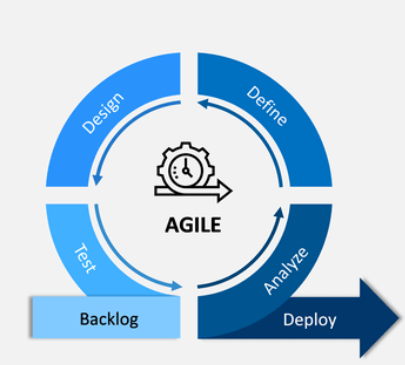
The Agile Methodology
Agile encompasses the current generation of iterative processes for constructing Information Technology (IT) solutions. It is different from the method in which all steps are planned before the beginning of the process; instead, Agile divides the project into sequences called “sprints”. Daily scrums: A form of agile in each sprint produces a working software deliverable.
Core Principles of Agile (from the Agile Manifesto):
- Individuals and Interactions: Agile provides more value to individuals and interactions than to processes and tools. Through working with other participants, the teams can easily deal with issues and respond to the shifts. This principle provides for freedom and free flow of communication and encourages the emergence of more constructive ideas from the team.
- Working Software: Incremental delivery of usable software is more important than delivering documentation. Another principle that is common in agile development is the goal of getting usable software by the end of the sprint so actual progress can be well-defined and in line with users’ requirements.
- Customer Collaboration: Customer involvement in the development process allows for the product to be developed in a way that will best suit them. Sprint review meetings mean that Agile teams can iterate over features and make small improvements to enhance what the customer wants – more customer-oriented.
- Responding to Change: Agile embraces changes, even late in the development process. Unlike traditional methodologies, Agile encourages flexibility, allowing teams to pivot and incorporate new requirements without derailing the project. This adaptability ensures the final product remains relevant and effective.
Agile Frameworks:
Agile frameworks provide specific methods and tools to implement Agile principles in software development. Two of the most popular frameworks are Scrum and Kanban.
- Scrum: Scrum is a highly structured framework that organizes work into iterative cycles called sprints, typically lasting 1-4 weeks. Here are its key elements:
- Roles:
- Scrum Master: Facilitates the Scrum process, resolves obstacles, and ensures the team adheres to Agile practices.
- Product Owner: Represents the customer’s interests by prioritizing tasks and managing the product backlog.
- Team: A cross-functional group responsible for completing tasks within a sprint.
- Sprints: These are time-boxed periods where the team works on specific tasks or goals. At the end of each sprint, a potentially shippable product increment is delivered.
- Daily Stand-Ups: Short daily meetings where team members share progress, discuss challenges, and align on goals.
- Backlogs:
- Product Backlog: A prioritized list of features and tasks.
- Sprint Backlog: A subset of tasks selected from the product backlog for completion during a sprint
- Roles:
- Kanban: Kanban is a visual framework designed to improve workflow efficiency by managing and limiting work in progress. Key features include:
- Kanban Board: A visual tool with columns representing different stages of the workflow (e.g., To Do, In Progress, Done). Tasks move across these columns as they are completed.
- Work-In-Progress (WIP) Limits: Limits the number of tasks that can be in progress at any given time to prevent bottlenecks.
- Focus on Flow: Continuity in work is maintained and the employees easily transition from one task to the next without much wasted time is achieved through the identification of gaps in the process.
- Flexibility: Another area where Kanban beats Scrum is that it does not require its ‘sprints,’; thus it is preferred by teams with fluctuating demands.
- Kanban Board: A visual tool with columns representing different stages of the workflow (e.g., To Do, In Progress, Done). Tasks move across these columns as they are completed.
Indeed, by recognizing these frameworks, teams can understand which of the two suits their aim and approach to the project. Whereas Scrum is structured and has fixed deliverables every iteration, Kanban is designed for visual workflow optimization by definition.
Advantages of Agile:
- Flexibility: Can accommodate changes in requirements at any stage.
- Continuous Delivery: Provides regular, functional software updates.
- Customer Satisfaction: Regular feedback ensures the product meets user needs.
Disadvantages of Agile:
- Less Predictable: Timelines and budgets can be harder to estimate.
- Cultural Shift: Requires teams and organizations to embrace a collaborative mindset.
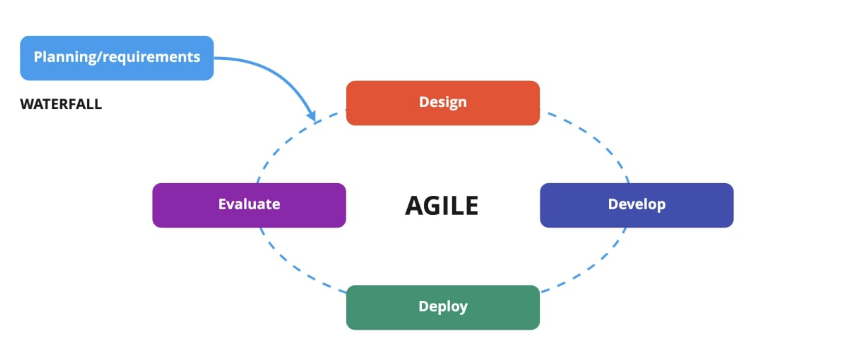
Hybrid Methodology
Sometimes, you need the best of both worlds. The Hybrid methodology combines the structure of Waterfall with the flexibility of Agile.
Definition
Hybrid uses Waterfall for well-defined parts of the project, such as requirements gathering and documentation, where a structured and linear approach ensures clarity and precision. For areas like product development or testing that often require frequent adjustments, Agile’s adaptability comes into play. This blend leverages the strengths of both methodologies, ensuring projects are meticulously planned and responsive to changes.
When to Use
Complex projects where certain components have clear, stable requirements that benefit from a structured approach, like Waterfall, while other components involve dynamic, evolving needs that are better suited for Agile. This combination allows teams to maintain precision in planning while remaining adaptive during execution, making it ideal for large-scale or multifaceted projects.
Implementation Strategies
- Divide the Project: Carefully assess the project components to identify which parts benefit most from the structured approach of Waterfall and which require the iterative flexibility of Agile. For example, use Waterfall for detailed initial requirements gathering and Agile for ongoing development phases where user feedback is critical.
- Clear Communication: Establish open channels of communication to ensure all team members understand the methodology applied to each project phase. This might involve creating detailed guidelines or holding regular meetings to discuss progress and any necessary adjustments.
- Use the Right Tools: Employ project management tools that can seamlessly support both methodologies. Tools like Jira and Trello offer features for tracking Agile sprints and Waterfall milestones simultaneously. For instance, you can use Gantt charts for Waterfall tasks while maintaining Kanban boards for Agile workflows.
- Establish Feedback Mechanisms: Create structured opportunities for stakeholder feedback at key stages of the project. In Agile phases, this could mean sprint reviews, while in Waterfall phases, formal review sessions should be scheduled to validate progress.
- Train the Team: Equip the team with training sessions or resources to understand both methodologies and their respective tools. This ensures everyone is capable of transitioning smoothly between Waterfall and Agile processes, improving collaboration and productivity.
ITIL Change Management For D324 OA📝
In ITIL, change management can be described as the systematic approach that deals with planning and authorizing changes in IT and implementing these changes. The aim here is to reduce risks, interruptions, and the time spent on service degradation but the changes should create value. For instance, if a firm has to upgrade its software or has to modify its structures, change management guarantees that a change occurs efficiently, and the firm’s operations are not compromised. A thorough understanding of these concepts will help you navigate the content of WGU D324.
Objectives
- Minimize Risk: Avoid unplanned disruptions to IT services.
- Maintain Quality: Ensure changes improve or maintain service levels.
- Efficient Execution: Plan and implement changes effectively and quickly.
Types of Changes
Not all changes are the same, so ITIL divides them into three categories:
- Standard Changes:
- Pre-approved, low-risk changes.
- Follow a documented procedure.
- Example: Updating an antivirus definition.
- Normal Changes:
- Require assessment and approval.
- Go through a detailed change management process.
- Example: Upgrading a server.
- Emergency Changes:
- Implemented quickly to resolve critical issues or reduce risks.
- Example: Fixing a security breach.
Key Steps in the ITIL Change Management Process
Step | Description | Example (Scenario: Company Upgrading Internal Communication Software) |
1. Request for Change (RFC) Submission | The formal process where a change is proposed to the system, detailing the change, its purpose, impact, and associated risks. | The IT department submits an RFC to upgrade the company’s internal communication software from a legacy system to a more modern, efficient solution. The RFC includes reasons such as improved performance, security, and user experience. |
2. Change Assessment and Evaluation | After the RFC submission, the change is evaluated for risks, benefits, and technical feasibility. This step includes technical reviews and input from stakeholders. | The IT team assesses the risks of migrating to the new software, evaluating potential compatibility issues with existing systems, the training needs of employees, and the possibility of disruptions during the transition. |
3. Change Authorization | The request goes to the Change Advisory Board, or a similar body, who then approve or deny the change request. In emergencies, changes may be made at high speed and passed through the approval section more quickly. | After the assessment of the business case, risks, and objectives alignment, the CAB, an assembly of IT, HR, and other department leads validate the change. |
4. Change Implementation | This is when the approved change is executed according to the plan. Careful monitoring is necessary to ensure minimal disruption, and documentation of actions taken is essential. | The IT department begins installing the new communication software on all company devices. They monitor the process to ensure there are no issues and document any configuration changes made during the upgrade. |
5. Post-Implementation Review (PIR) | After the change is made, a review assesses whether the change met objectives and identifies any issues. Feedback is gathered from stakeholders to evaluate the change’s success and areas for improvement. | After the upgrade, the IT team collects feedback from employees about their experience with the new software. They review whether the software meets performance expectations, if users encountered any issues, and whether the software improved communication. |
6. Documentation and Closure | All related documentation is updated to reflect the completed change. This includes records of the RFC, assessment, implementation details, and PIR results. The change request is formally closed to complete the process. | The IT department updates all documentation to reflect the new software configurations, user training sessions, and post-implementation results. The RFC is closed, and all related documents are stored for future reference. |
Roles and Responsibilities
Several roles ensure the success of the change management process:
- Change Manager:
- Oversees the entire process.
- Ensures changes are assessed, authorized, and implemented properly.
- Change Advisory Board (CAB):
- A group of stakeholders who evaluate and approve changes.
- Includes representatives from IT, business units, and sometimes external partners.
- Change Requester:
- Submits the request for change and provides relevant details.
- Submits the request for change and provides relevant details.
- Change Implementer:
- Executes the change as per the plan.
- Executes the change as per the plan.
- Risk Manager:
- Assesses potential risks and ensures they are addressed during the process.
Importance For D324 OA
The ITIL change management process is a cornerstone of IT service management, ensuring that changes are made in a controlled and effective manner. By following its structured steps, organizations can minimize risks, maintain service quality, and adapt to evolving business needs. Understanding this process is essential for students aiming to excel in WGU D324 OA assessments and real-world IT management scenarios.
Tired of reading blog articles?
Let’s Watch Our Free WGU D324 Practice Questions Video Below!
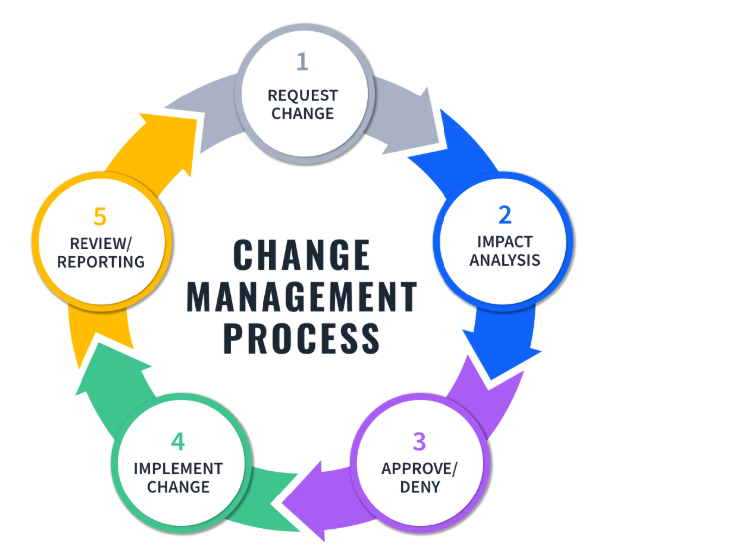
Wrapping Up: Ace Your WGU D324 with Project Management and ITIL Change Management📖
Congratulations, you’ve made it through the essentials of Project Management Methodologies and ITIL Change Management! Now, here’s the deal: these concepts are more than just theory. They’re practical tools that will help you manage any project or IT change, and trust me, they’re going to show up in your WGU D324 OA. So, make sure to grasp these topics, and understand the ins and outs, and you’ll be well-prepared for your final assessment.
Whether it’s choosing the right methodology for a project or managing IT changes seamlessly, mastering these skills will set you up for success in both exams and the real world.
Good luck, and remember, success is just a well-managed project away. You’ve got this! You can finish the WGU D324 in no time.






